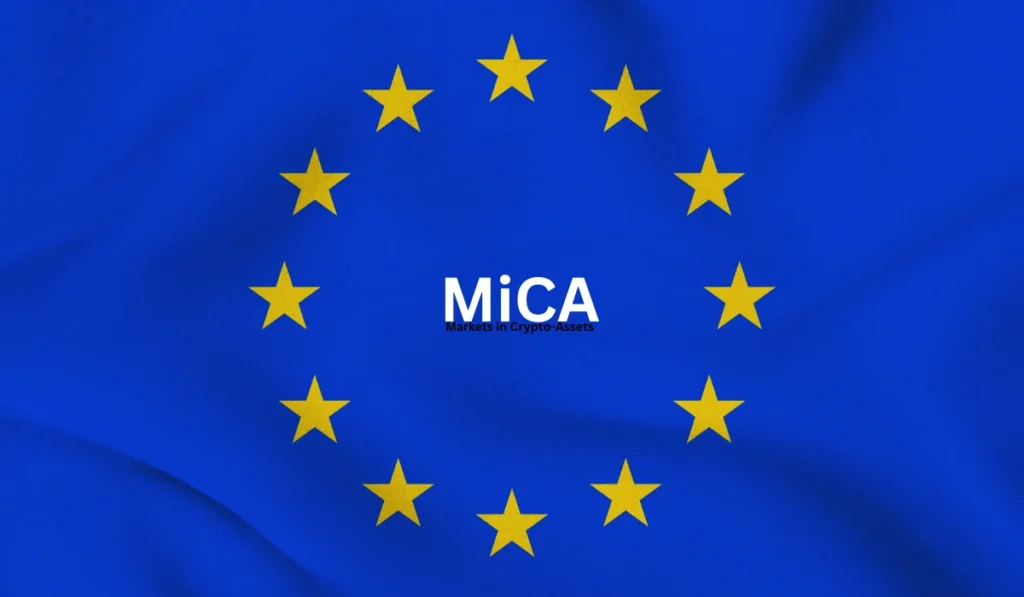What is MiCA EU?
MiCA EU, short for Markets in Crypto-Assets Regulation, is the European Union’s regulatory framework governing crypto-assets, stablecoins, and service providers. Introduced in 2023 and fully applicable by December 2024, MiCA aims to unify the crypto market across EU member states.
This regulation introduces licensing for Crypto-Asset Service Providers (CASPs), disclosure obligations for token issuers, and compliance standards for stablecoin operations.
Why MiCA Matters
Before MiCA, the crypto market in the EU lacked regulatory consistency. Each member state had its own rules, leading to legal uncertainty. MiCA solves this by:
-
Creating uniform regulations across all EU countries
-
Boosting investor protection
-
Ensuring transparency for issuers and service providers
-
Preventing market manipulation and misuse of crypto assets
Scope of MiCA EU
MiCA applies to individuals and companies that:
-
Issue crypto-assets or stablecoins in the EU
-
Offer crypto-asset services such as trading, exchange, custody, or advisory
-
Operate from outside the EU but serve EU customers
Excluded from MiCA:
-
Security tokens (covered under MiFID)
-
Non-fungible tokens (NFTs)
-
Central bank digital currencies (CBDCs)
Key Components of MiCA Regulation
1. Classification of Crypto Assets
MiCA identifies three categories:
-
Asset-Referenced Tokens (ARTs): backed by a basket of assets
-
E-Money Tokens (EMTs): pegged to a single fiat currency
-
Other Crypto-Assets: including utility tokens and cryptocurrencies not covered by financial laws
2. Licensing Requirements for CASPs
Crypto-Asset Service Providers must obtain authorization from a national competent authority. Once licensed, they can operate across the EU using a passporting mechanism.
Key obligations for CASPs include:
-
Segregating client assets
-
Maintaining adequate capital reserves
-
Implementing internal controls, risk management, and anti-money laundering systems
-
Disclosing fees and terms to customers
3. Whitepaper Requirements for Issuers
Issuers of ARTs and EMTs must publish a whitepaper before public offerings or trading on exchanges. This document must outline:
-
Token characteristics
-
Rights of holders
-
Risk factors
-
Project team and governance
-
Reserves and redemption mechanisms
Whitepapers must be submitted to regulators and made publicly available.
4. Stablecoin Rules
MiCA introduces strict rules for stablecoin issuers:
-
Maintain full reserves with daily monitoring
-
Allow redemption at face value at all times
-
Limit use of large-scale ARTs not denominated in euro
-
Additional oversight by the European Banking Authority (EBA) for “significant” stablecoins
5. Market Abuse and Transparency
MiCA prohibits insider trading, market manipulation, and unlawful disclosure. Service providers must ensure transparency in price discovery, order execution, and record-keeping.
MiCA Timeline and Enforcement
-
Proposed: September 2020
-
Adopted: May 2023
-
Title III & IV (Stablecoins): effective June 30, 2024
-
Full Enforcement: December 30, 2024
Existing crypto businesses operating in the EU have until mid-2026 to transition under national grace periods, depending on the member state.
Impact of MiCA on Crypto Businesses
Benefits
-
Single license to operate across the EU
-
Increased trust from institutional investors
-
Clear rules on crypto asset classifications
-
Reduced legal risk for compliance-focused projects
Challenges
-
High compliance costs
-
Uncertainty for DeFi and NFT platforms
-
Additional oversight for large stablecoin projects
-
Regulatory gaps for global issuers operating outside the EU
Conclusion
MiCA EU marks a historic step in regulating the crypto economy across Europe. By introducing clear definitions, licensing rules, and investor protections, it paves the way for a more stable and transparent digital asset market.

